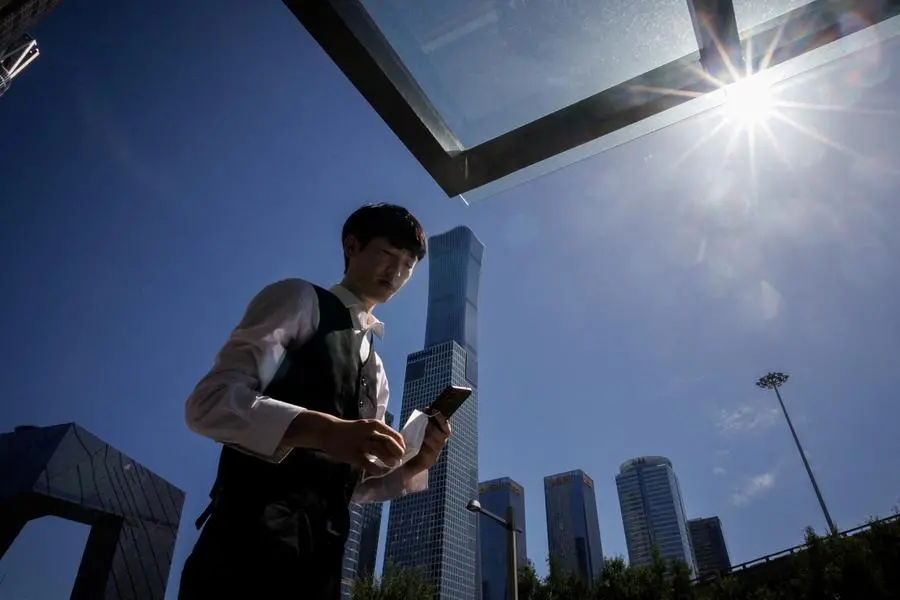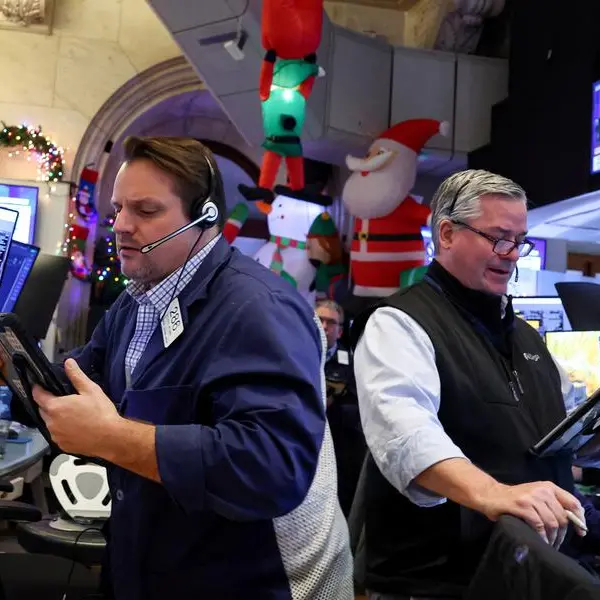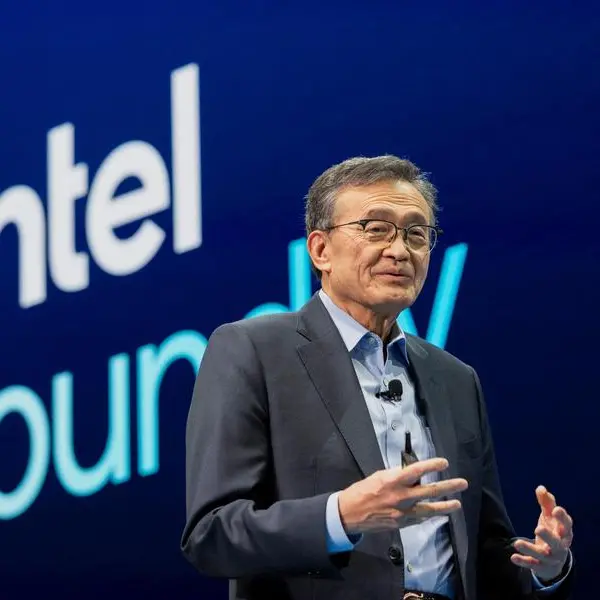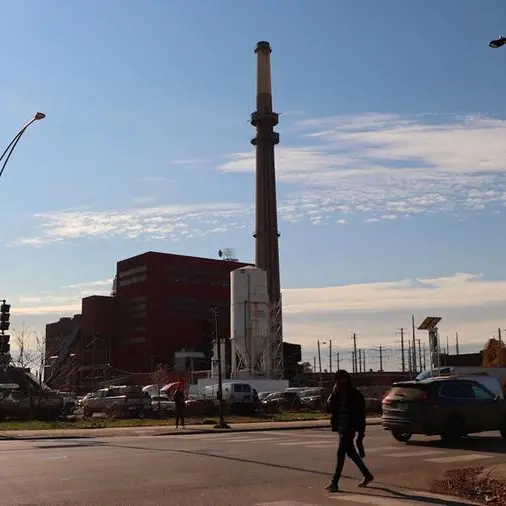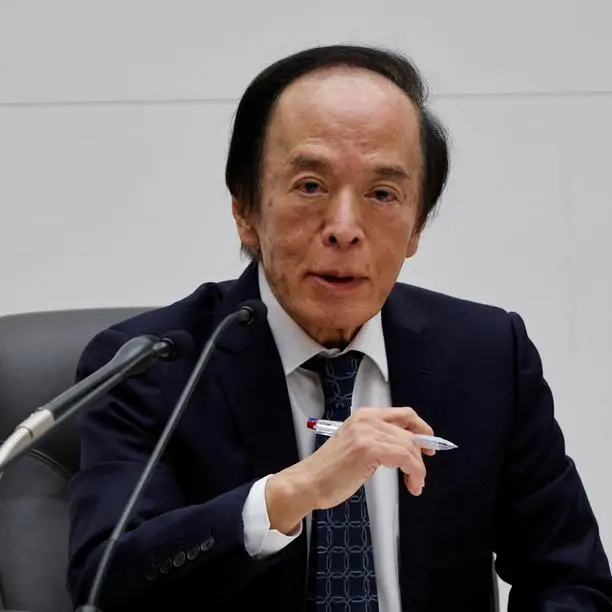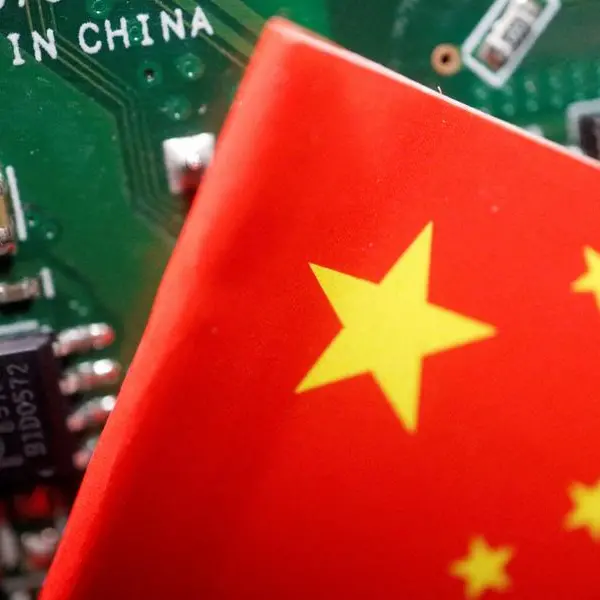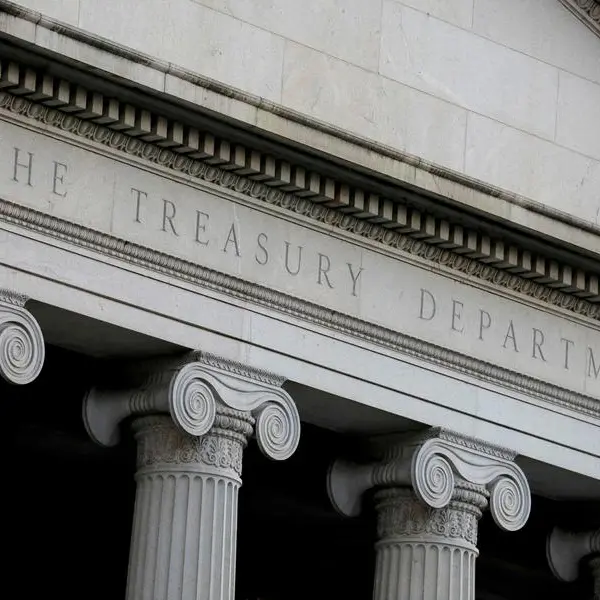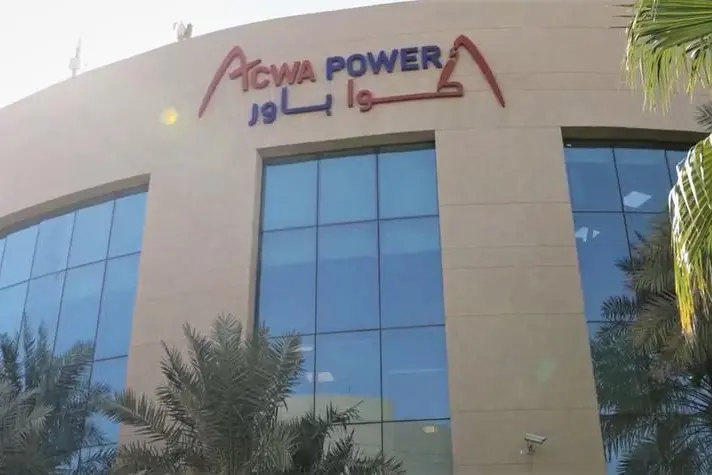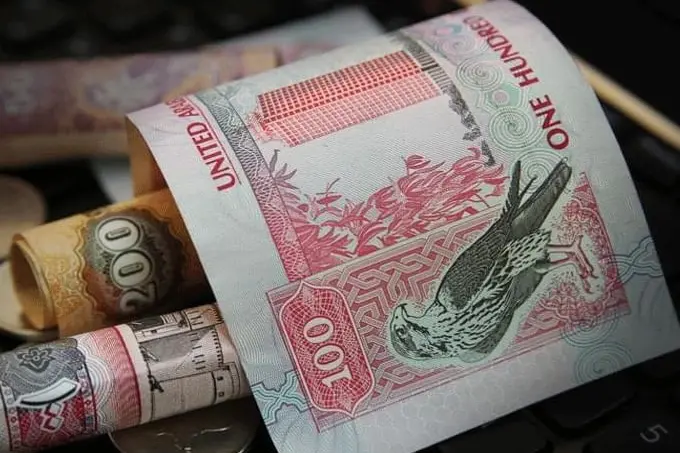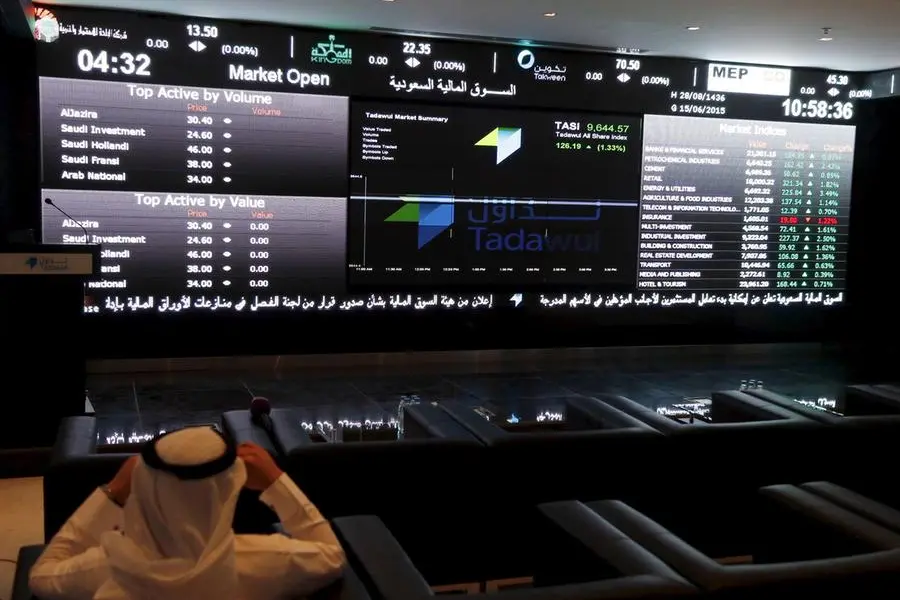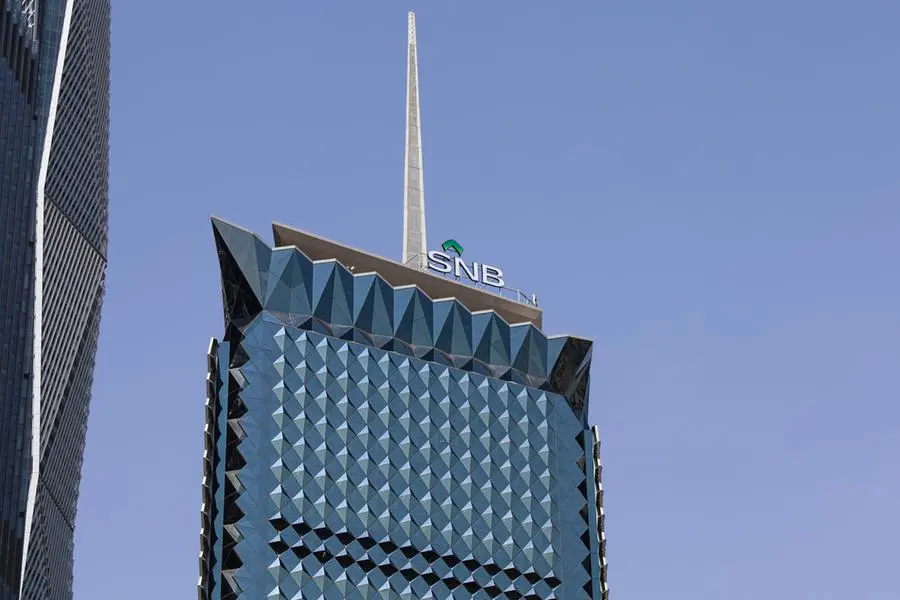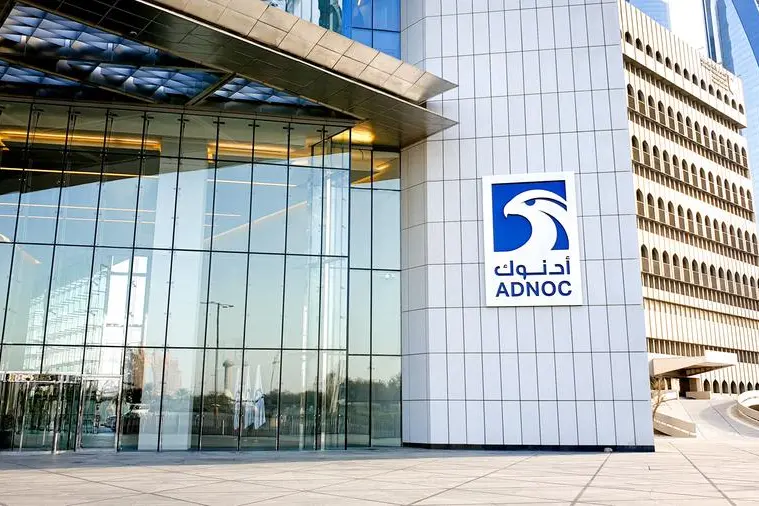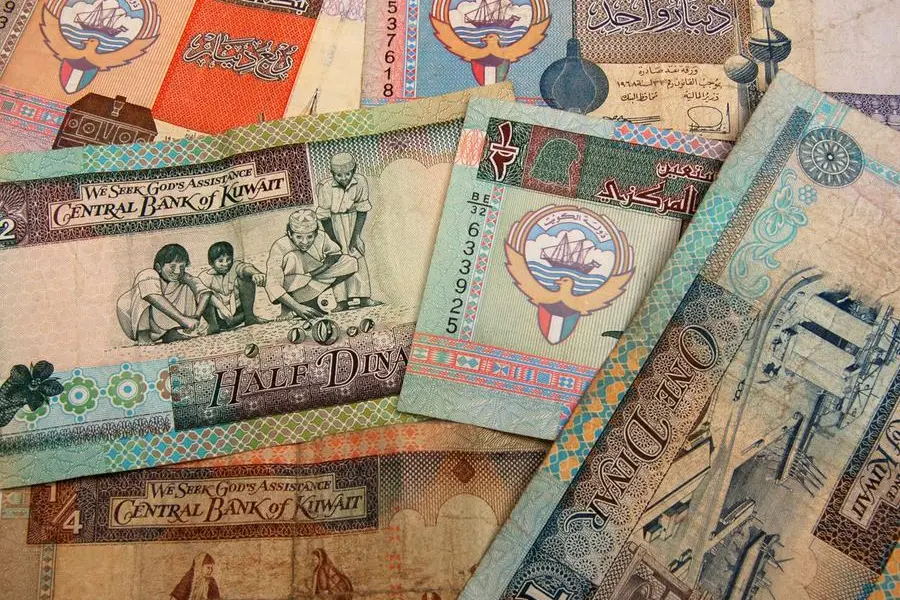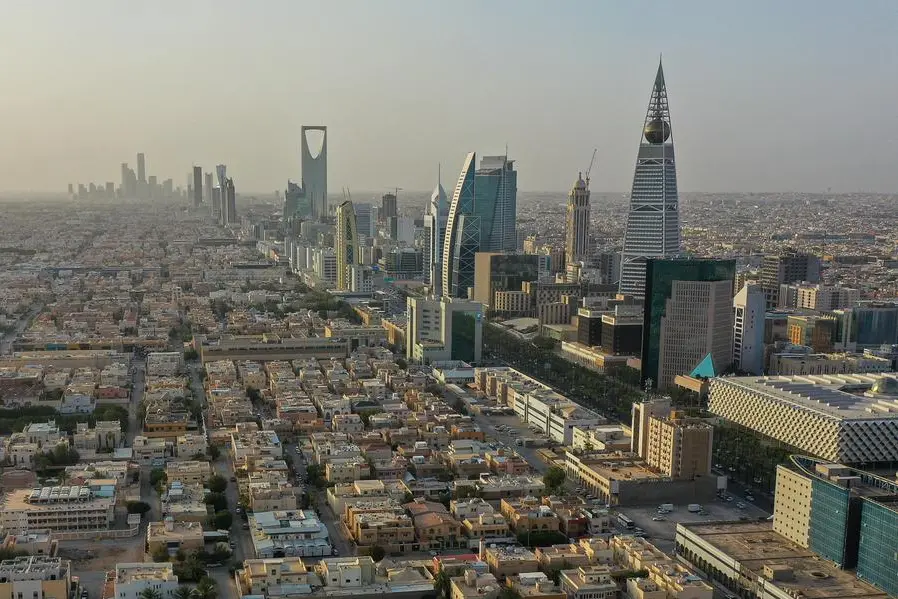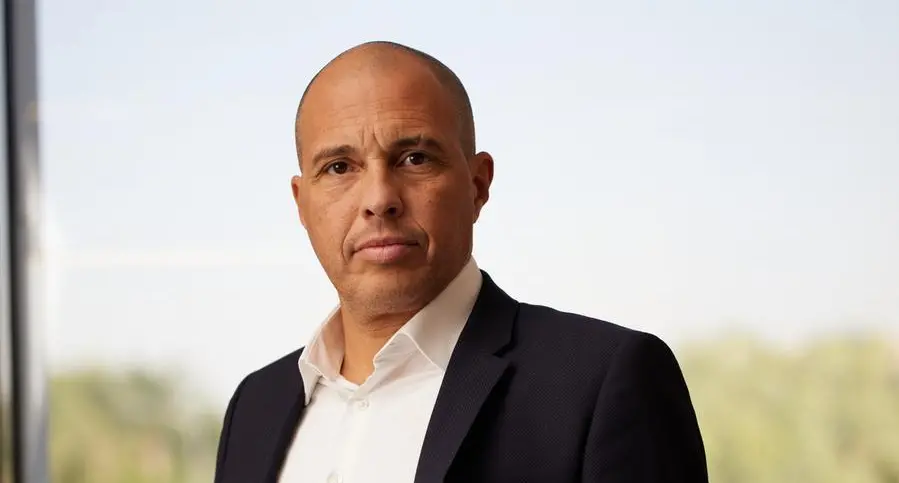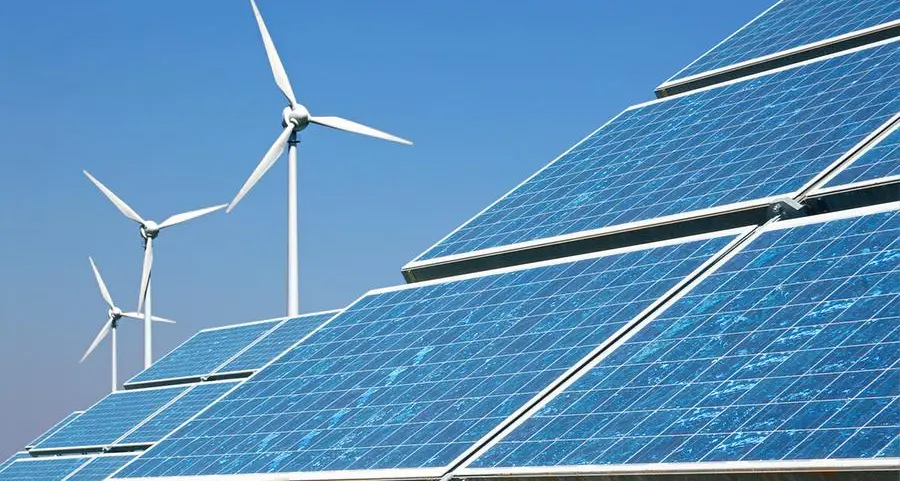PHOTO
(The views expressed here are those of the author, the founder and CEO of Emmer Capital Partners Ltd.)
Asian IPOs have raised far more money than American public offerings in recent years, largely due to activity in India and China. But for the momentum to continue, valuations need to become more reasonable and the IPOs on offer need to become more varied.
As the Asian IPO boom has progressed, one trend has been quite notable: China’s market dominance has declined as India’s star has risen.
Onshore China and Hong Kong IPOs used to tower above those in the rest of Asia. However, Chinese IPO volume dropped precipitously in 2023 and 2024, and by 2024, India’s IPO volume equalled China’s and Hong Kong’s combined.
Activity in the other Asian markets – Korea, Taiwan and ASEAN – has remained modest for the past 2-3 years. Bankers and companies remain cautiously optimistic about the prospects for IPO activity across the region in 2025, though there are concerns that trade war fears could obstruct the IPO pipeline.
UNDER WATER
An even bigger concern for investors may be the lacklustre returns many of their current IPO positions are generating. In 2024, the world’s top 10 IPOs were strewn across Europe (4), the Middle East (3), Asia (2) and the U.S. (1).
These issuances were significantly oversubscribed, but six of the top 10 are trading well below the issue price. This could weigh on investor confidence about IPOs overall in the coming year. But, importantly, the performance of recent IPOs varies significantly by country.
Only three of Hong Kong’s top 10 IPOs in 2024 have generated negative returns since their public offerings. Indian IPOs’ aftermarket performance has been much more patchy, producing more losers than winners, though that’s largely a function of the broad Indian equity market’s 16% decline since September.
Six of India’s seven largest IPOs came amid the market correction. One other issue may be that companies have been seeking listings in India because they know they’re likely to get a high valuation. India’s largest IPO in 2024 was from the Indian subsidiary of Korea’s Hyundai Motors.
The parent company trades with a 3.7x forward price-to-earnings multiple, while the Indian subsidiary trades at 22x. Subsidiaries of the Japanese automaker Suzuki and Anglo-Dutch consumer packaged goods company Unilever enjoy similar valuation premiums.
Korea’s LG Electronics and Norway’s condiment maker Orkla are likely seeking to follow suit, as they both have subsidiaries in the queue for IPOs in India. But for Asian IPOs to remain palatable to investors, valuations must become more reasonable, leaving significant returns on the table for subscribers.
WHAT’S NEW?
To maintain investor enthusiasm, the Asian IPO market may also need to vary the issuances on offer, essentially presenting a new “asset class” to investors. One option may be increasing cross-listings. Cross-border IPOs are common, especially in the U.S., where more than 55% of IPOs in 2024 were from companies operating outside America, mostly in China. There are nascent signs that this trend could catch on in Asia. Hong Kong’s exchange (HKEX) has recently designated bourses in Abu Dhabi, Dubai, Saudi Arabia and Indonesia as Recognised Stock Exchanges (RSE), meaning companies listed in these exchanges can apply for a secondary listing in Hong Kong.
The HKEX and Hong Kong securities regulators also recently simplified the process for enabling mainland Chinese companies to cross-list. This is attracting interest from Chinese firms seeking to expand overseas and those already listed in the U.S. that are uneasy about geopolitics and interested in “coming home”.
The Asian IPO landscape could also benefit from continued sector diversification. It has long been dominated by the technology and industrials sectors, though consumer products gained more prominence last year. In fact, roughly two-thirds of 2024 Asian IPOs (excluding India) – representing around 80% of proceeds – came from tech, industrials and consumer goods. The same sectors are likely to dominate in 2025. Some of the most prominent names among the roughly 100 applications in HKEX’s 2025 IPO pipeline include EV battery leader CATL, AI solution provider AICT, spatial design platform Manycore Tech and drugmaker Jiangsu Hengrui Pharmaceuticals.
And in the coming years, there may also be more participation from healthcare companies, reflecting the needs of Asia’s aging society. It’s still early days in 2025, but there are indications that the Asian IPO boom may have legs.
Chinese bubble tea chain Mixue’s successful $444 million IPO, which saw the share price jump almost 30% on listing, may presage healthy investor appetite moving forward. So the ingredients of IPO success still exist in Asia, but for investor enthusiasm to persist, the market will need to keep evolving.
(Writing by Manishi Raychaudhuri; Editing by Anna Szymanski)
